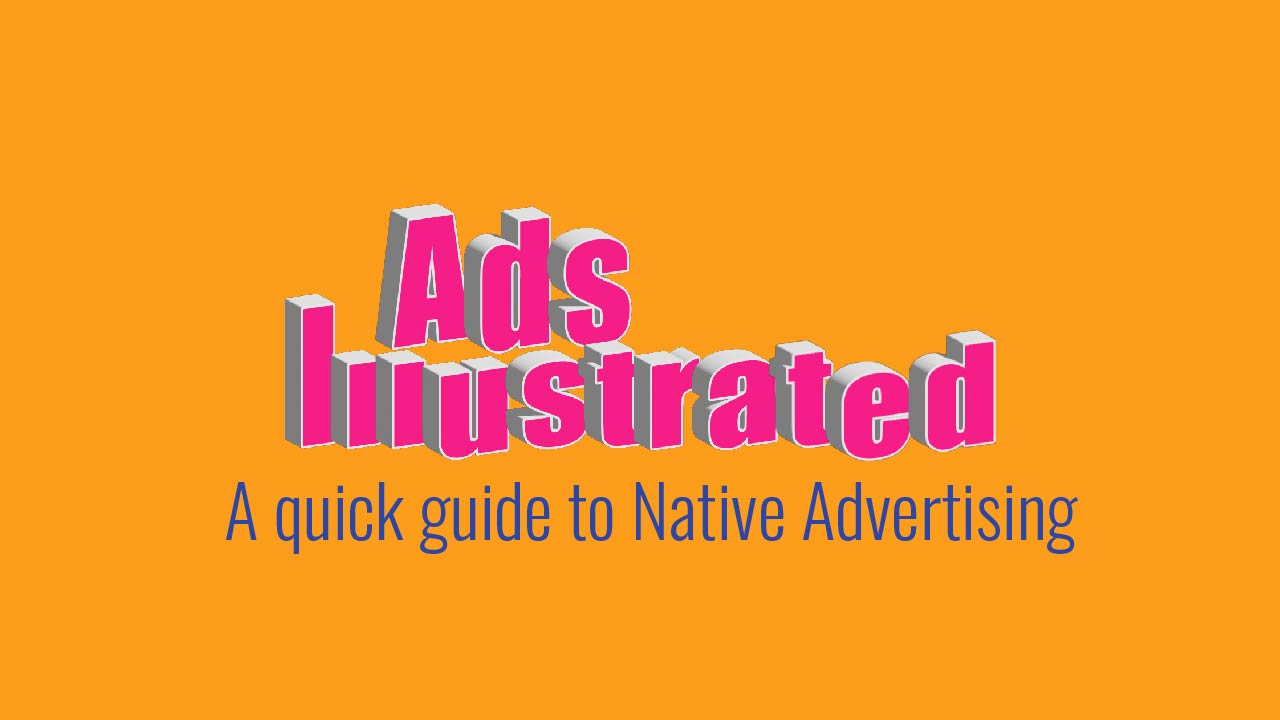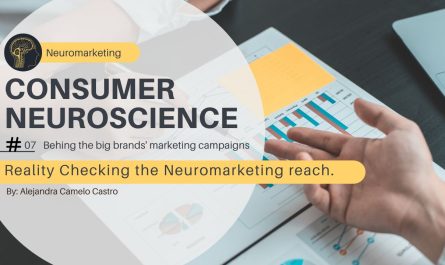Hello again to all who is interested in native advertising! Today I want to share you all the main studies that were conducted by different researches all over the world. Though very little was studied yet, for the moment we have several important facts about reader’s attitude towards native advertising which advertisers should bear in mind. Let’s have a look at them right now!
1.
Attitudes toward the source of persuasion become less positive once consumers become aware of the efforts of marketers.
Most research on advertising perception is based on the belief model of recognition, or as it is called, the advertising literacy model, which refers to consumers’ ability to critically evaluate advertising messages only when they are able to recognize them. That is, the first step in interacting with advertising should be awareness of its presence. The fact that there is an attempt to persuade the consumer of something activates the consciousness and subconsciously turns on the defense against that persuasion. According to the theory, attitudes toward the source of persuasion become less positive once consumers become aware of the efforts of marketers.
2.
Important measurable factors in the advertising literacy model: they are cognition (CPK) and psychological attitudes (APK).
In 2011, a group of scholars led by E. Rosendahl identified two important measurable factors in the advertising literacy model: they are cognition (CPK), which is the degree to which the consumer understands the presence of advertising and the ability to recognize it; and psychological attitudes (APK), such as aversion, resistance, and criticism, which are activated once the user recognizes the advertising and causes them to oppose it.
3.
Readers who are given the opportunity to recognize material as advertising have a higher ability to distinguish advertising from editorial content .
A group of other scholars further empirically proved that readers who are given the opportunity to recognize material as advertising have a higher ability to distinguish advertising from editorial content. Thus, marking the promotional nature of material content is not meaningless. Once the CPK factor is activated with them, consumers’ APK becomes higher, which means they evaluate information more critically.
4.
Research specifically on traditional advertising in 2015 showed that readers are aware of the attempt to persuade them, but when it comes to advertising in editorial material, consumers are not yet aware of or expect possible persuasion, and as a result, are less likely to discredit the ad or source.
5.
In contrast, results from a 2016 study of native advertising on the disclosure of the advertising basis of articles concluded that the tags “advertisement” or “sponsored material” increased ad recognition, but ad recognition in general led to more negative evaluations.
6.
It should be noted that in 2015, native advertising was a relatively new form, unknown to the consumer. In 2016. B. Wojdynski researched native advertising and found that only less than 8% of participants could recognize content as advertising. Today, however, according to RBC, users are much better at recognizing native ads and react negatively to their input into editorial content, at least in the video blogger segment, considering such ads to be “common deception”. A study by content agency Contently found that 59% of respondents found news sites with sponsored content less trustworthy, and 67% of respondents felt deceived after learning that an article was sponsored by a brand.
7.
Native ads that have clear sponsor disclosure are welcomed by consumers.
C. Campbell and L. Marks, in their 2016 study on the impact of the degree of disclosure on the promotional nature of an article, concluded that overtly native ads that have clear sponsor disclosure are welcomed by consumers. Properly crafted native ads disclose the sponsor moderately and can entice and entice consumers to continue exploring the content without having a negative impact. Native ads that minimally disclose the sponsor do not resonate with consumers at all. Withholding information about the sponsor is likely to deceive consumers, causing consumers to form misconceptions about the native ads. Such a strategy may work in the short term, but is unlikely to cause the deceived reader to become attached to the brand for years to come.
So, you can see that the attitude towards Native Advertising has been changing since it’s appearance at the market. Today people get used to it and don’t have negative reaction towads it if the editor is honest with the readers and doesn’t tend to decevie him. Today good and creative content has taked the most important place in the hearts of consumers, even though it is perfectly made sponsored content. I hope this knowledge would help you in planning your own advertising campaigns with the help of one of the most used tool of advertising today!
A quick guide to Native Advertising – part A. Native adverising from W to F?
A quick guide to Native Advertising – part B: Native Content rules the world of Advertising
A quick guide to Native Advertising – part C: Product Placement as a Native Content
A quick guide to Native Advertising – part D: Sponsored Content
A quick guide to Native Advertising – part E: Special Projects
A quick guide to Native Advertising – part F: Legal aspect of NA
A quick guide to Native Advertising – part G: Ethical Question of NA



